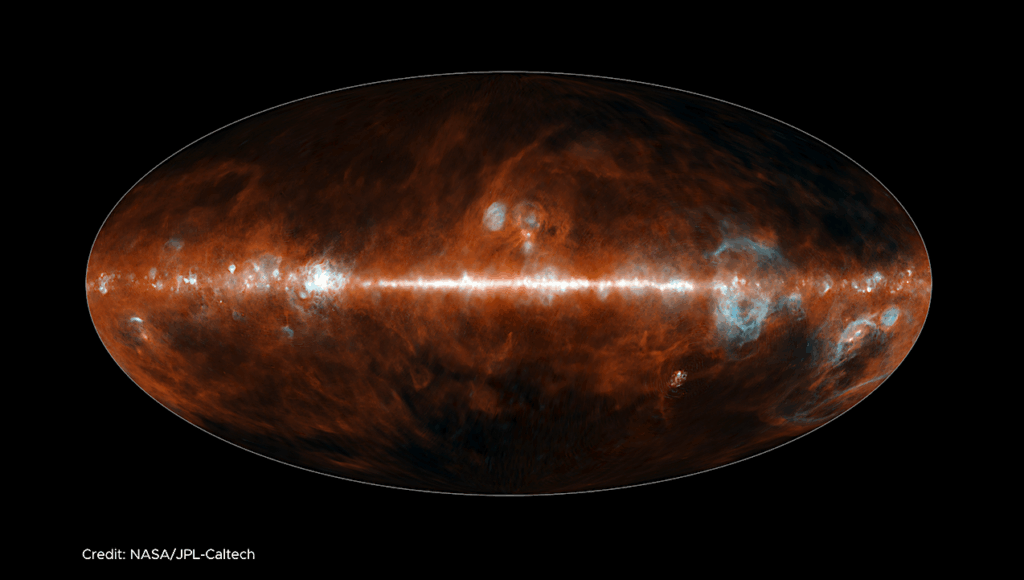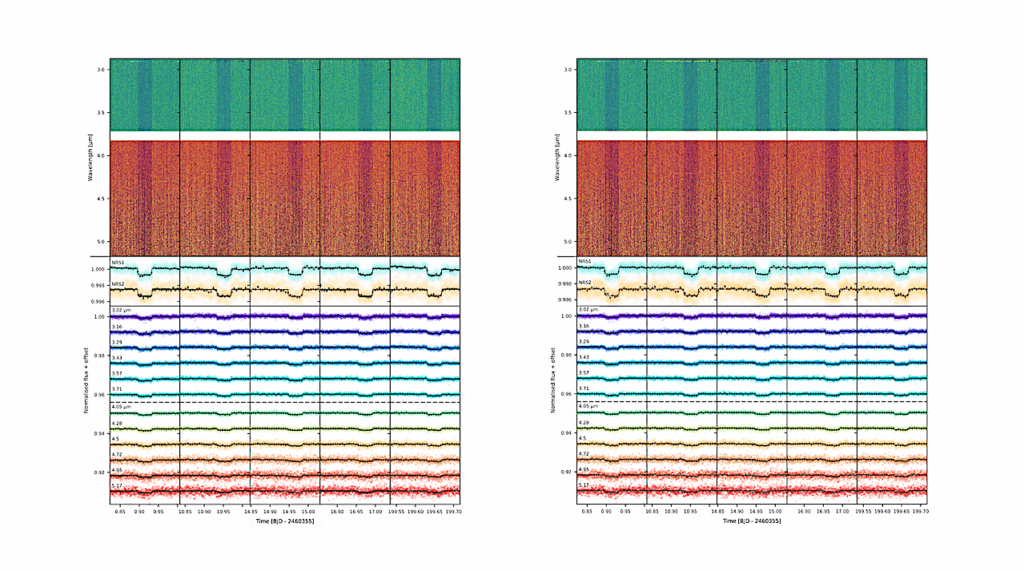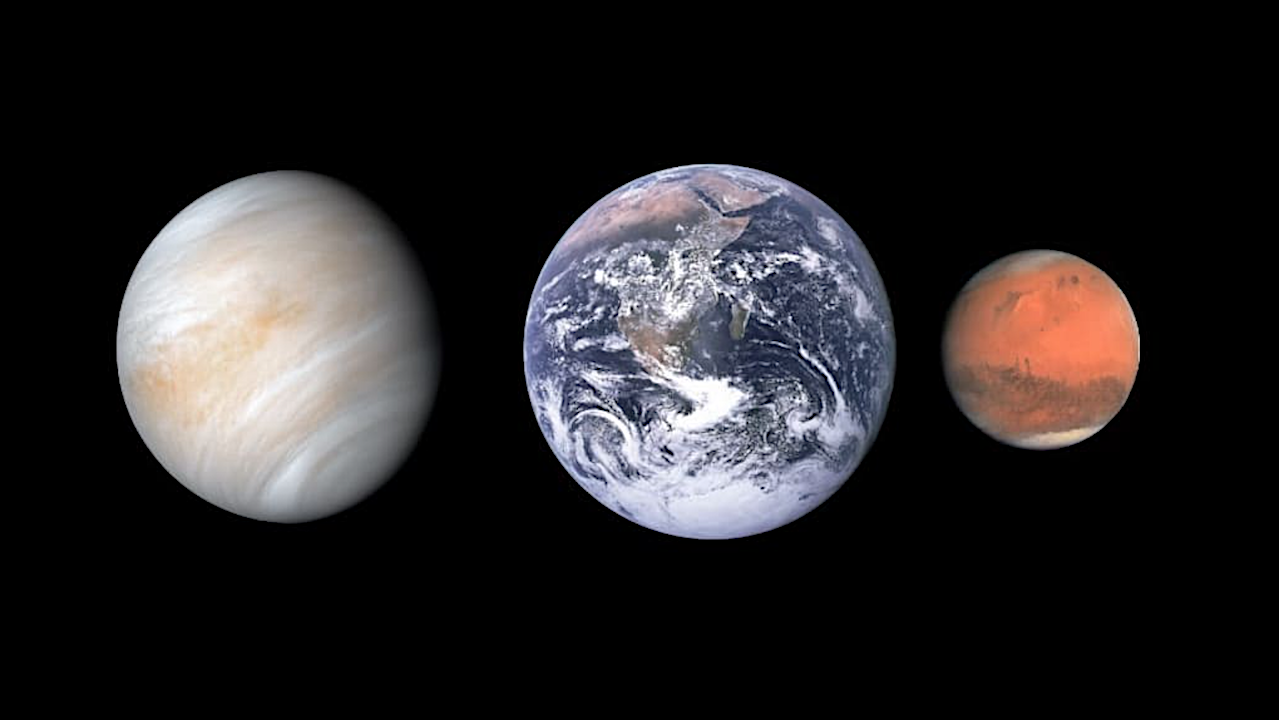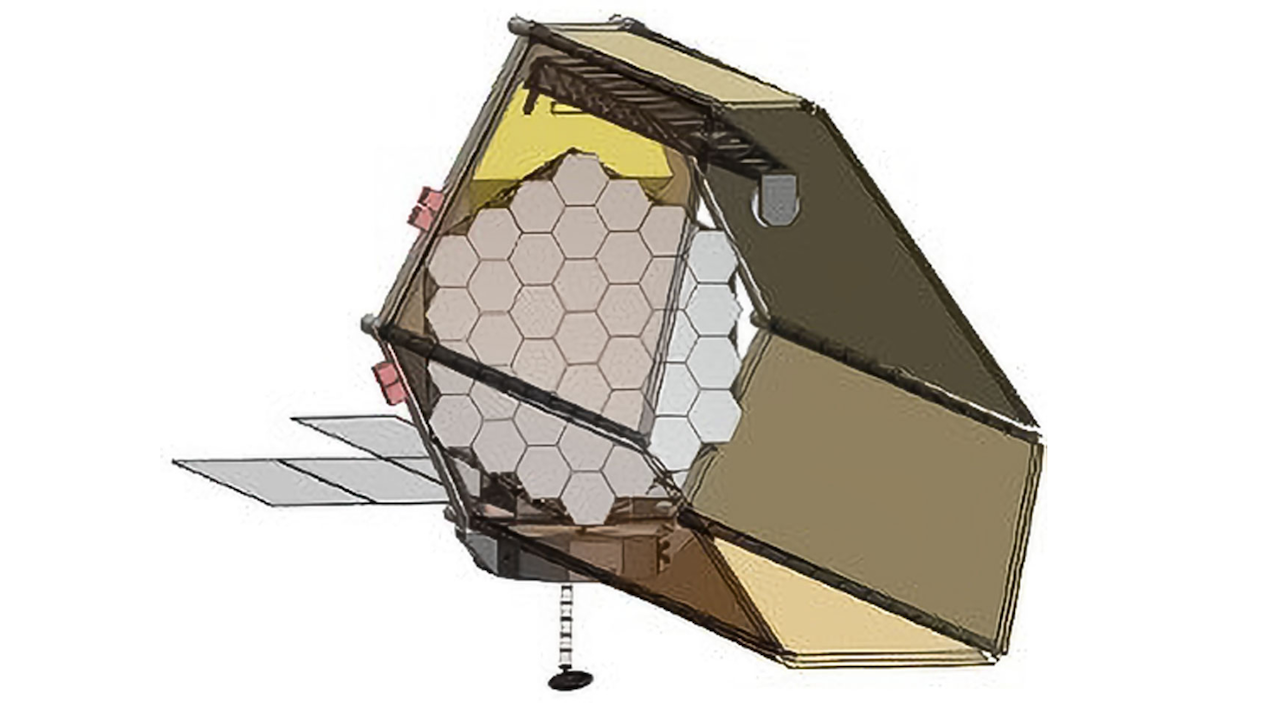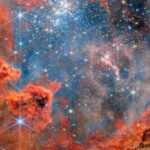Now Reading: A Kinematic History Of Stellar Encounters With Beta Pictoris
-
01
A Kinematic History Of Stellar Encounters With Beta Pictoris
A Kinematic History Of Stellar Encounters With Beta Pictoris
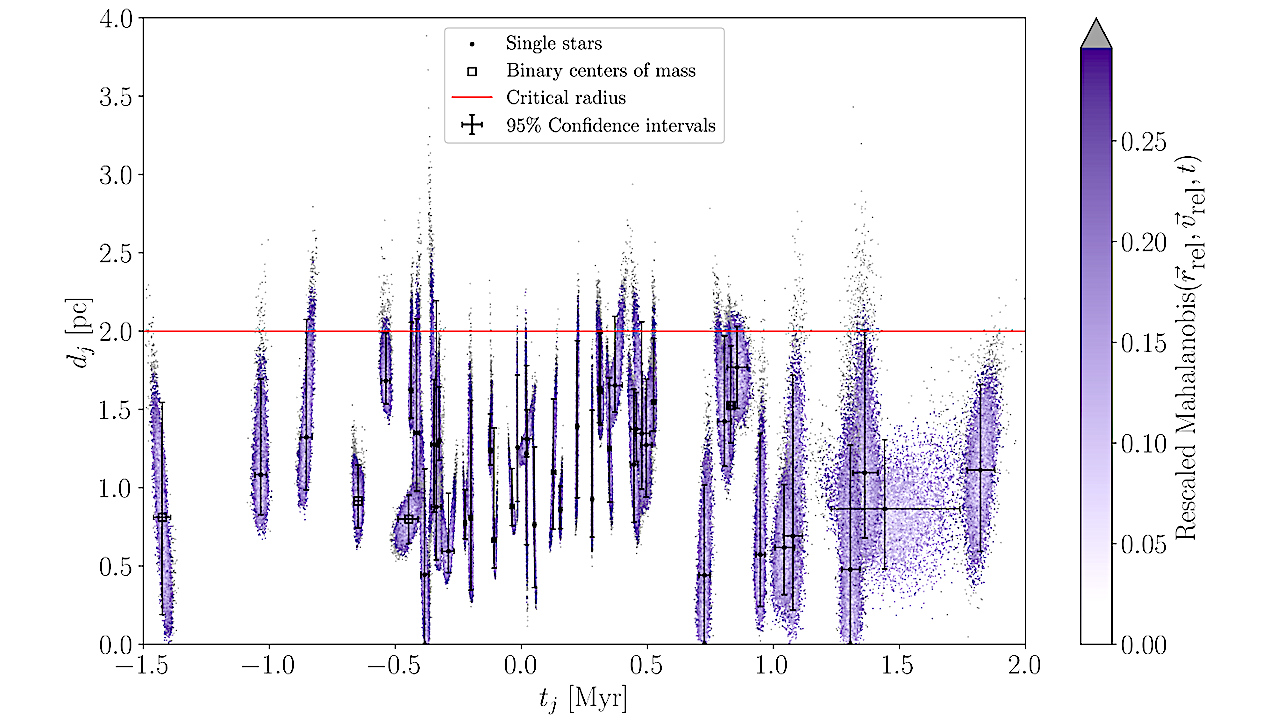

Distance versus time distributions for the 49 encounters with β Pic that have an empirical probability of at least 95% of occurring within 2 pc. The coloured points indicate the rescaled Mahalanobis distances (ensuring a common colour scale for all stars) derived from the encounter parameters. Points above the 95th percentile of this metric are shown in grey. The black bars represent the 95% confidence intervals in time and distance, obtained from the 2.5th and 97.5th percentiles of the corresponding marginal distributions for the further encounters and using the 95th percentile to define the one-tailed distance interval for the closest ones. The central points are the 50th percentiles. The critical radius of 2 pc is indicated by the red horizontal line. The centres of mass of binary systems, listed in table 4, are marked at the pair [t50, d50] corresponding to that star. — astro-ph.SR
Beta Pictoris is an A-type star hosting a complex planetary system with two massive gas giants and a prominent debris disk.
Variable absorption lines in its stellar spectrum have been interpreted as signatures of exocomets (comet-like bodies transiting the star). Stellar flybys can gravitationally perturb objects in the outer comet reservoir, altering their orbits and potentially injecting them into the inner system, thereby triggering exocomet showers.
We aim to assess the contribution of stellar flybys to the observed exocomet activity by reconstructing the stellar encounter history of beta Pictoris in the past and future. We used Gaia DR3 data, supplemented with radial velocities from complementary spectroscopic surveys, to compile a catalogue of stars currently within 80 pc of beta Pictoris.
Their orbits were integrated backward and forward in time in an axisymmetric Galactic potential (Gala package) to identify encounters within 2 pc of the system. We identified 99 416 stars within 80 pc of beta Pictoris at present with resolved kinematics. Among these, 49 stars (including the eight components of five binaries) encounter beta Pictoris within 2 pc between -1.5 Myr and +2 Myr.
For four of the binaries, the centre-of-mass trajectories also pass within 2 pc. We estimate the sample to be more than 60 % complete within 0.5 Myr of the present.
Despite beta Pictoris being the eponym of its famous moving group, none of the identified encounters involved its moving group members; all are unrelated field stars. We find no encounter capable of shaping observed disc structures, although stellar flybys may contribute to the long-term evolution of a potential Oort Cloud.
Our catalogue constitutes the most complete reconstruction of the beta Pictoris encounter history to date and provides a robust foundation for future dynamical simulations.
Jose Luis Gragera-Más (1 and 2), Santiago Torres (3), Alexander James Mustill (4), Eva Villaver (5 and 6) ((1) Centro de Astrobiología (CAB) CSIC-INTA, (2) Departamento de Física de la Tierra y Astrofísica, Facultad de Ciencias Físicas, Universidad Complutense de Madrid, (3) Institute of Science and Technology Austria (ISTA), (4) Lund Observatory, Division of Astrophysics, Department of Physics, Lund University, (5) Instituto de Astrofísica de Canarias, (6) Universidad de La Laguna (ULL))
Comments: 13 pages, 6 figures, accepted for publication in Astronomy & Astrophysics
Subjects: Solar and Stellar Astrophysics (astro-ph.SR); Earth and Planetary Astrophysics (astro-ph.EP); Astrophysics of Galaxies (astro-ph.GA)
Cite as: arXiv:2510.02509 [astro-ph.SR] (or arXiv:2510.02509v1 [astro-ph.SR] for this version)
https://doi.org/10.48550/arXiv.2510.02509
Focus to learn more
Submission history
From: Jose Luis Gragera Más
[v1] Thu, 2 Oct 2025 19:33:37 UTC (12,633 KB)
https://arxiv.org/abs/2510.02509
Astrobiology,
Stay Informed With the Latest & Most Important News
Previous Post
Next Post
-
 01From Polymerization-Enabled Folding and Assembly to Chemical Evolution: Key Processes for Emergence of Functional Polymers in the Origin of Life
01From Polymerization-Enabled Folding and Assembly to Chemical Evolution: Key Processes for Emergence of Functional Polymers in the Origin of Life -
 02Panasonic Leica Summilux DG 15mm f/1.7 ASPH review
02Panasonic Leica Summilux DG 15mm f/1.7 ASPH review -
 03How New NASA, India Earth Satellite NISAR Will See Earth
03How New NASA, India Earth Satellite NISAR Will See Earth -
 04And Thus Begins A New Year For Life On Earth
04And Thus Begins A New Year For Life On Earth -
 05Astronomy Activation Ambassadors: A New Era
05Astronomy Activation Ambassadors: A New Era -
06SpaceX launch surge helps set new global launch record in 2024
-
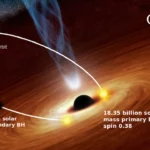 07Two Black Holes Observed Circling Each Other for the First Time
07Two Black Holes Observed Circling Each Other for the First Time












